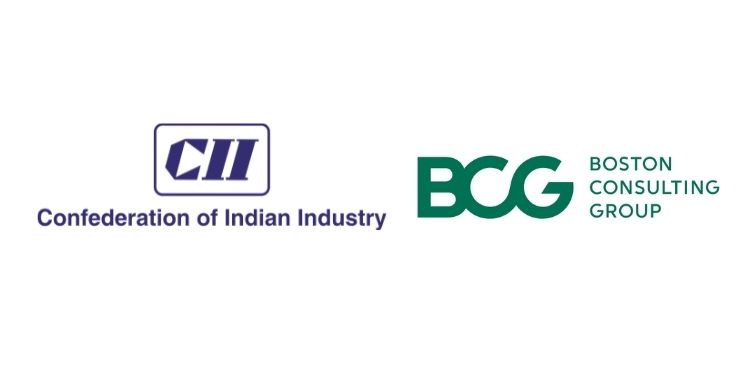India’s Media & Entertainment industry has revived to pre-COVID levels and is expected to grow to $55-70Bn by 2030 at 10-12% CAGR, driven mainly by strong growth in OTT, Gaming, Animation, and VFX, according to the Confederation of Indian Industry (CII) and Boston Consulting Group’s (BCG) flagship report titled, ‘Blockbuster Script for the New Decade: Way Forward for Indian Media and Entertainment Industry. India’s M&E industry has significant headroom for growth basis global benchmarks and is one of the highest growth markets along with China. India lags other markets significantly on advertising penetration as part of GDP. Indian ad spend as a percentage of GDP is among the lowest in the world and has potential for multi-fold growth in advertising over the next few years.
Television
The Media & Entertainment industry continues to showcase multimodal growth with digital video leading the consumption boom. TV as a medium is expected to remain robust given its function as a platform for family viewing, a strong user base, and the evolution of content to meet everyone’s needs. India’s TV penetration has remained flat (unlike some advanced markets where it’s seeing a decline) and ARPUs have also been steady, with both trends expected to continue in the medium term. TV ad volumes have bounced back to pre-COVID levels and are expected to continue growing in the future, driven by an increase in advertising on regional channels & growth in new advertisers. COVID second wave hasn’t hampered overall recovery. High growth was witnessed in categories like FMCG, E-commerce, which witnessed CAGR’s of 18% and 15% from 2019-21 respectively. There is a significant increase in regional channels in the past few years, the broadcasters leveraged multiple growth opportunities and have entered new regional markets. Sun TV has entered the Bengali market in 2019 and the Marathi market in 2021. Zee entered the Punjabi market in 2020 followed by Star in the Odia market.
Unlike the US and China, the PayTV in India witnessed marginal growth and the penetration headroom provides growth tailwinds. DTH is gaining a share on the back of customer experience focus. Total TV penetration has also matured at 64 percent, with 10 percent of penetration captured by Free Dish.
OTT
Subscriptions will be driven by the strong performance of regional channels and cost advantage vis-à-vis OTT. The Indian OTT segment is currently in the scaling stage with strong subscription growth and increased investments in premium & original content. More affordable data has led to an increase in internet access and digital payments, thereby improving access to OTT platforms and digital videos. There is a 40-50X increase in data consumption; video is the largest use case and 4x increase in the share of digital in total video watch time. The 4x jump in the number of OTT platforms. The pricing of global streaming services in India has been made affordable to drive adoption. Global players like Netflix, Prime Video, Disney+ offer plans in India at 70-90% cheaper than in the US.
According to a Business Head, Leading Indian OTT player, the originals continue to be the biggest subscription driver on the platform & help build audience stickiness. They have a longer shelf life and help in attracting new subscribers even years after the launch date.
The short-form video grew at 150%+ CAGR, driven by Indian short-form video players post-TikTok ban. Tier 2+ cities driving usage of short-form video apps, form 60%+ userbase This is evolving quickly, with increased traction in metros and tier 1 cities.
SVOD revenue has seen a remarkable surge over the last few years and is expected to overtake AVOD in the coming years. Digital advertising in the country is evolving towards more “interactive” ads and is also witnessing an increased blending of content and ads (vs. explicit ads). Short-form video platforms are growing and provide a unique value proposition to advertisers.

















